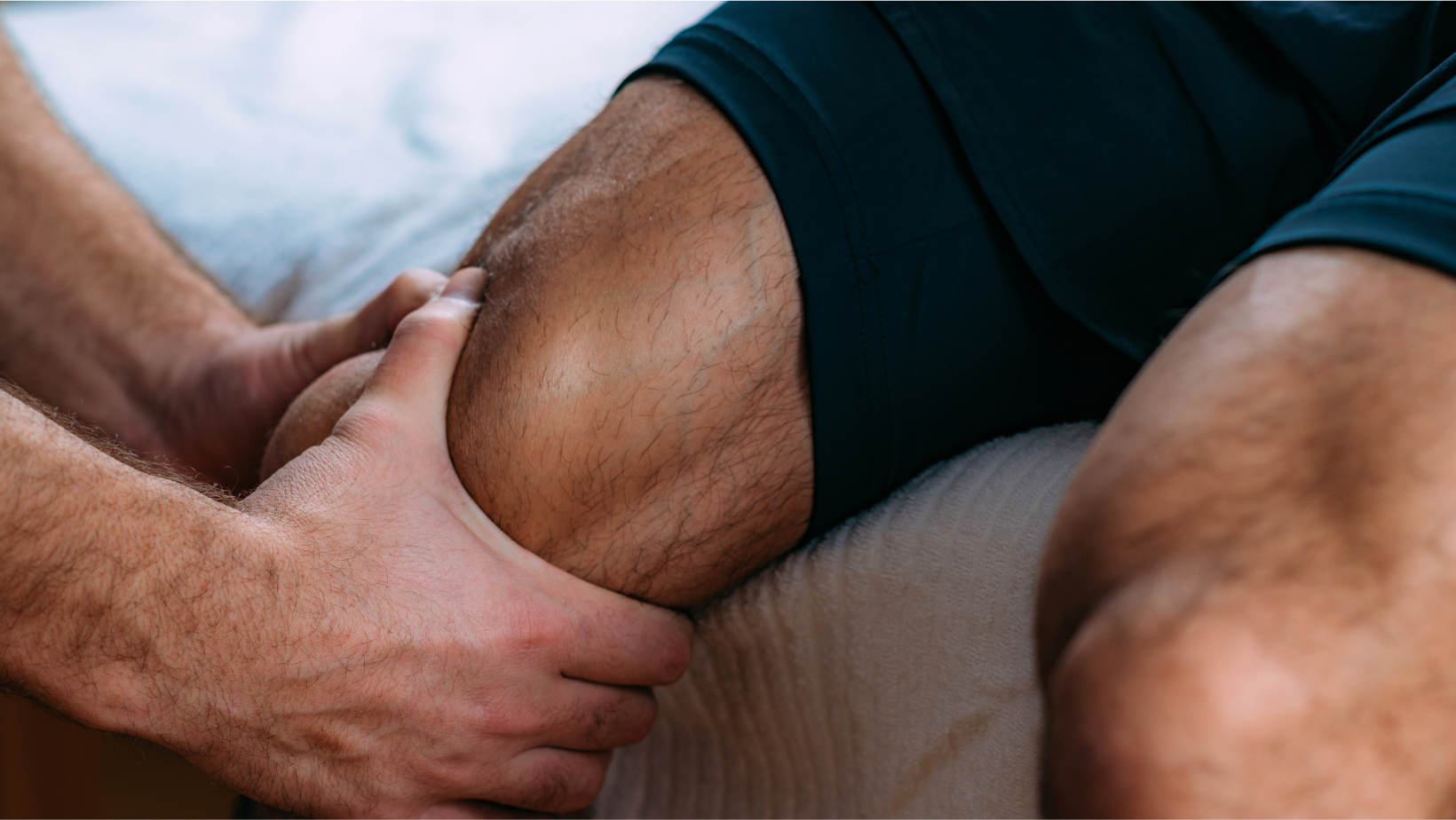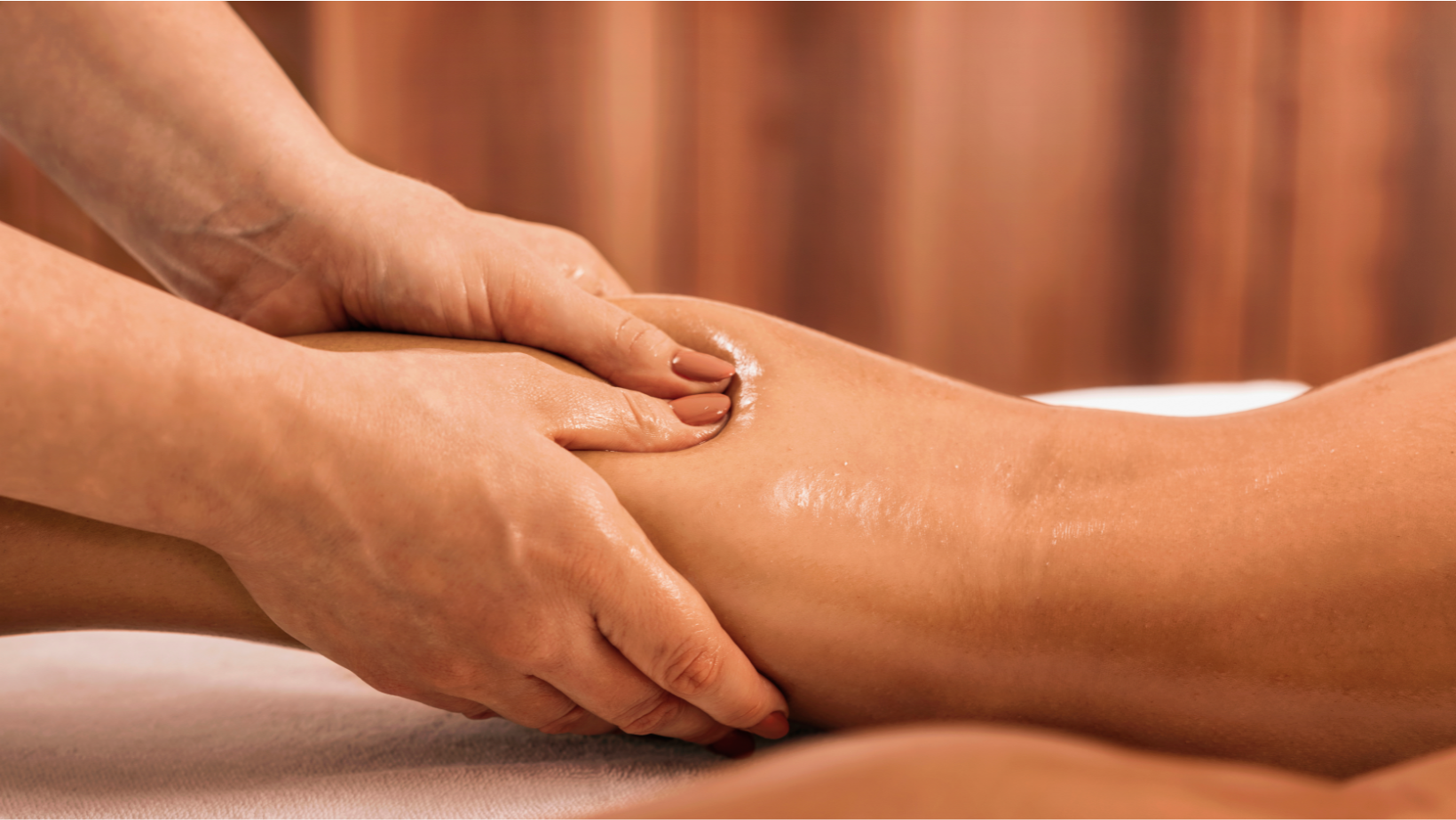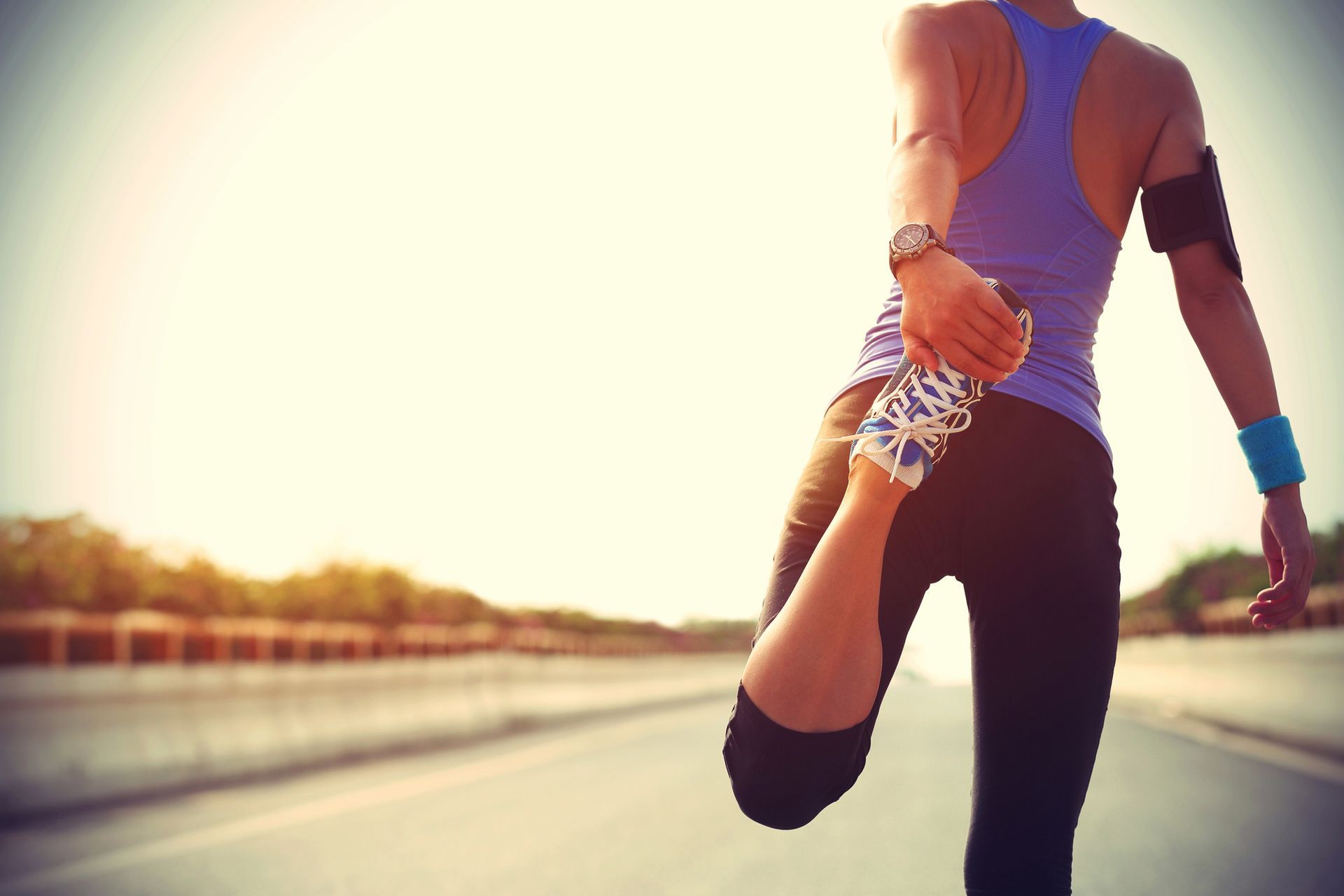Severs Disease
Sever's disease, also known as calcaneal apophysitis, is a common and often painful condition that affects the heel of growing children and adolescents. It is a result of inflammation in the growth plate of the calcaneus, the largest bone in the heel (Blume & Constantine, 2019). This condition typically occurs in children between the ages of 8 and 14 years, with a peak incidence between 10 and 12 years of age (Scharfbillig et al., 2011).
The primary cause of Sever's disease is repetitive stress and strain on the growing heel bone. This can be due to a variety of factors, including:
1. Rapid growth spurts: During periods of rapid growth, the muscles and tendons may not be able to keep up with the growth of the bones, leading to increased stress on the growth plate (Blume & Constantine, 2019).
2. Overuse and high-impact activities: Participation in sports or activities that place a high demand on the heel, such as running, jumping, or playing on hard surfaces, can contribute to the development of Sever's disease (Scharfbillig et al., 2011).
3. Tight calf muscles and Achilles tendon: Tight muscles and tendons in the lower leg can pull on the growth plate, exacerbating the condition (Blume & Constantine, 2019).
Symptoms of Sever's disease typically include heel pain, tenderness, and swelling in the affected heel. The pain is often worse with physical activity and may improve with rest (Scharfbillig et al., 2011).
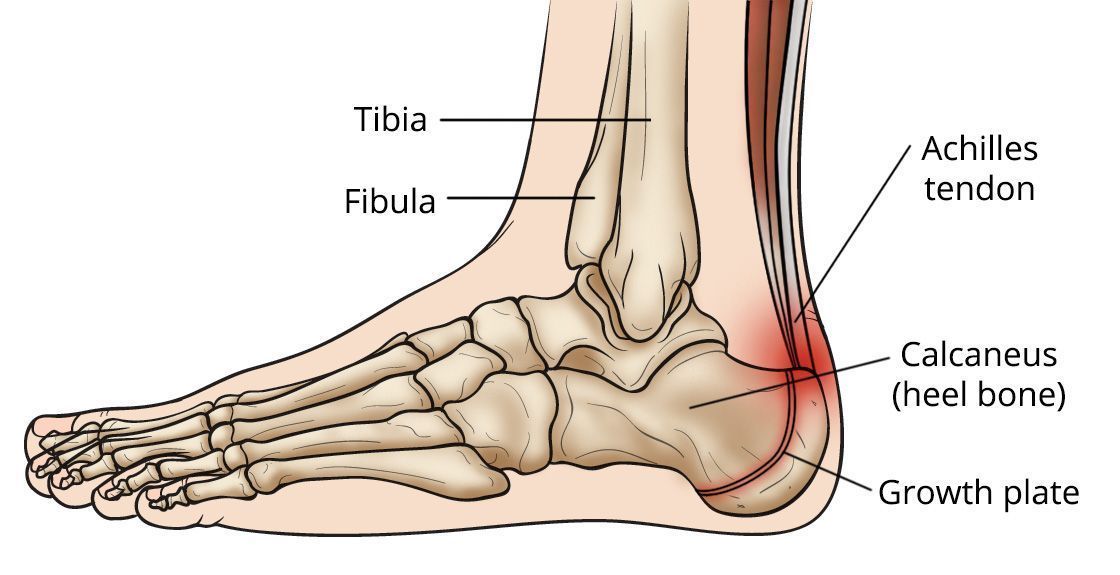
Treatment for Sever's disease typically involves a combination of the following strategies:
1. Rest and activity modification: Reducing or temporarily stopping high-impact activities can help alleviate the stress on the growth plate and allow for healing (Blume & Constantine, 2019).
2. Stretching and strengthening exercises: Stretching the calf muscles and Achilles tendon, as well as strengthening the lower leg muscles, can help reduce stress on the growth plate (Scharfbillig et al., 2011).
3. Ice and anti-inflammatory medication: Applying ice to the affected area and taking over-the-counter anti-inflammatory medication can help reduce pain and inflammation (Blume & Constantine, 2019).
4. Supportive footwear and orthotics: Wearing well-cushioned shoes or using heel cups or arch supports can help distribute the load on the heel and reduce stress on the growth plate (Scharfbillig et al., 2011).
In most cases, Sever's disease is a self-limiting condition that resolves as the growth plate matures and closes, usually by the age of 14 or 15 years (Blume & Constantine, 2019).
With proper physiotherapy treatment and management, most children with Sever's disease can continue to participate in physical activity and sports, with a focus on gradual return to full activity.
Chelmsford Physio
Riverside Leisure Centre, Victoria Rd, Chelmsford CM1 1FG
